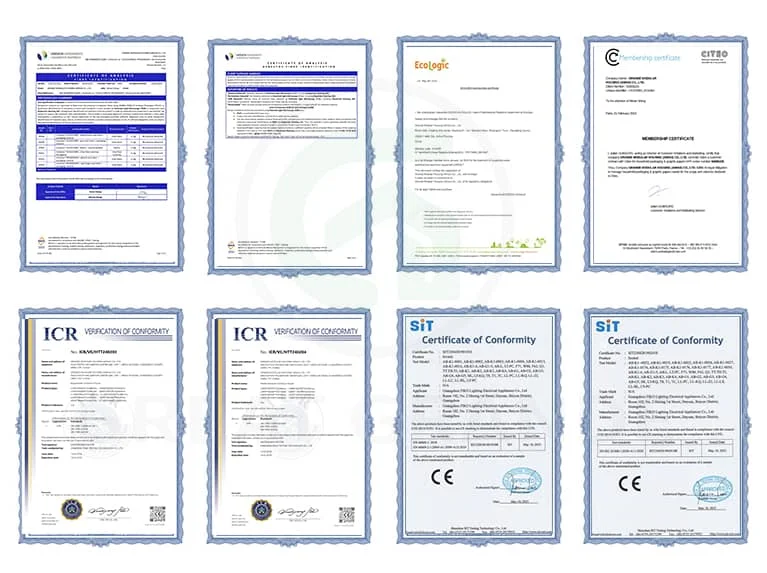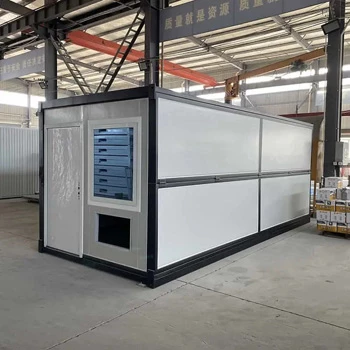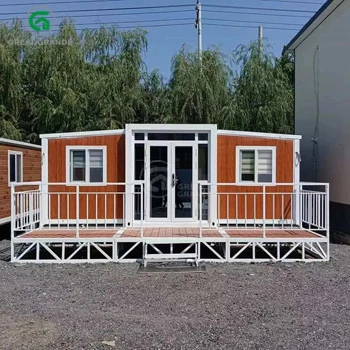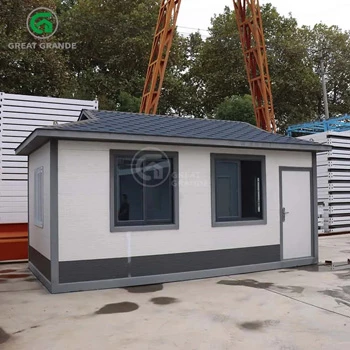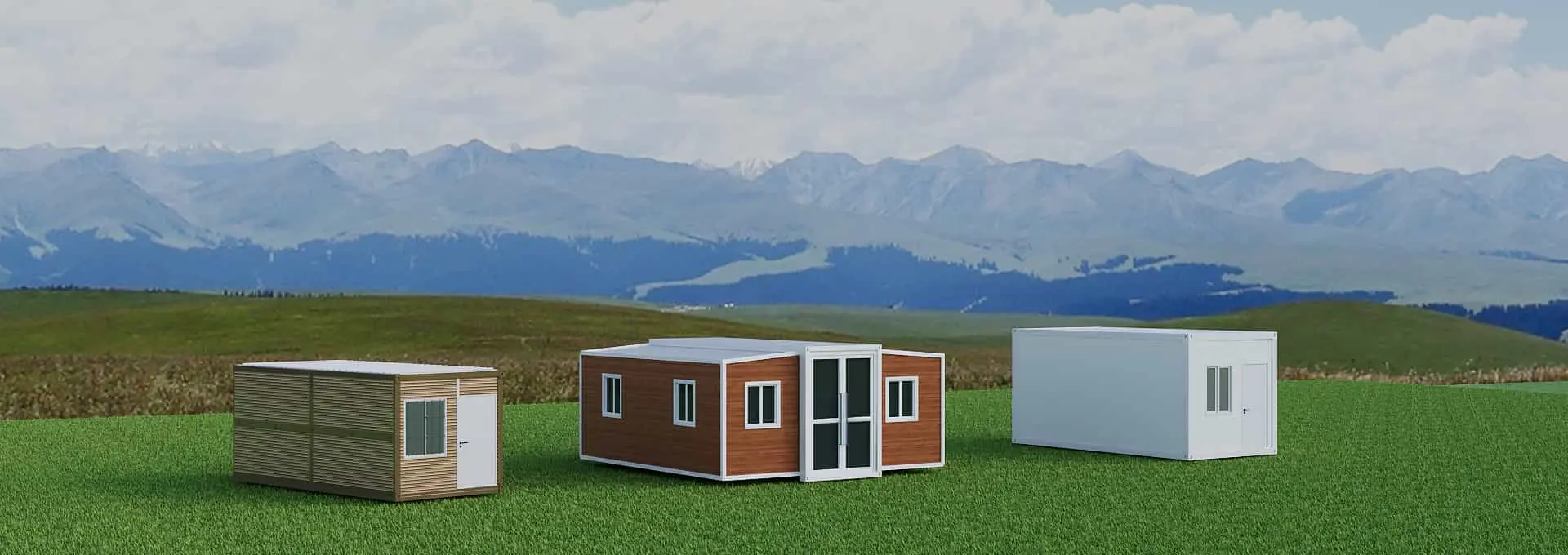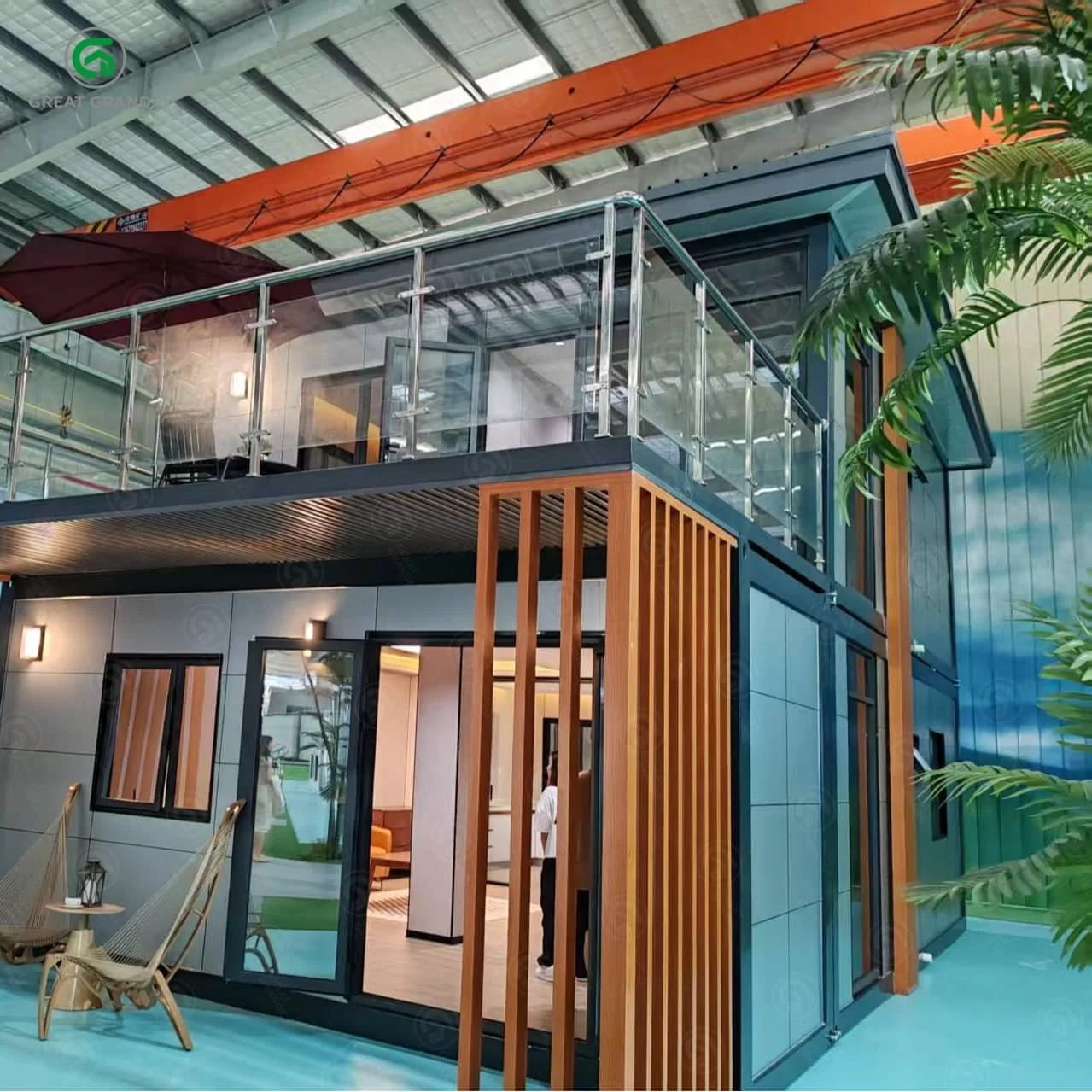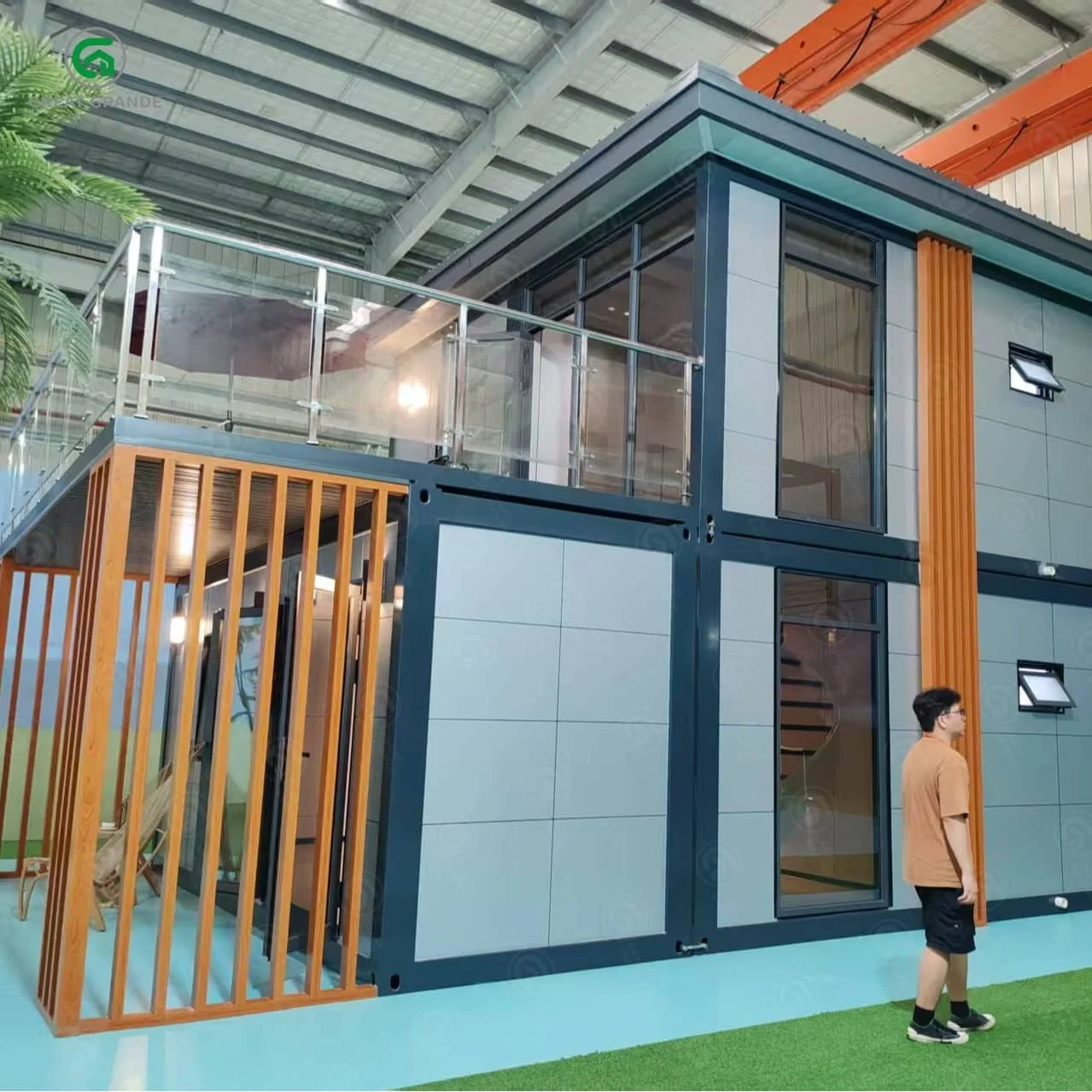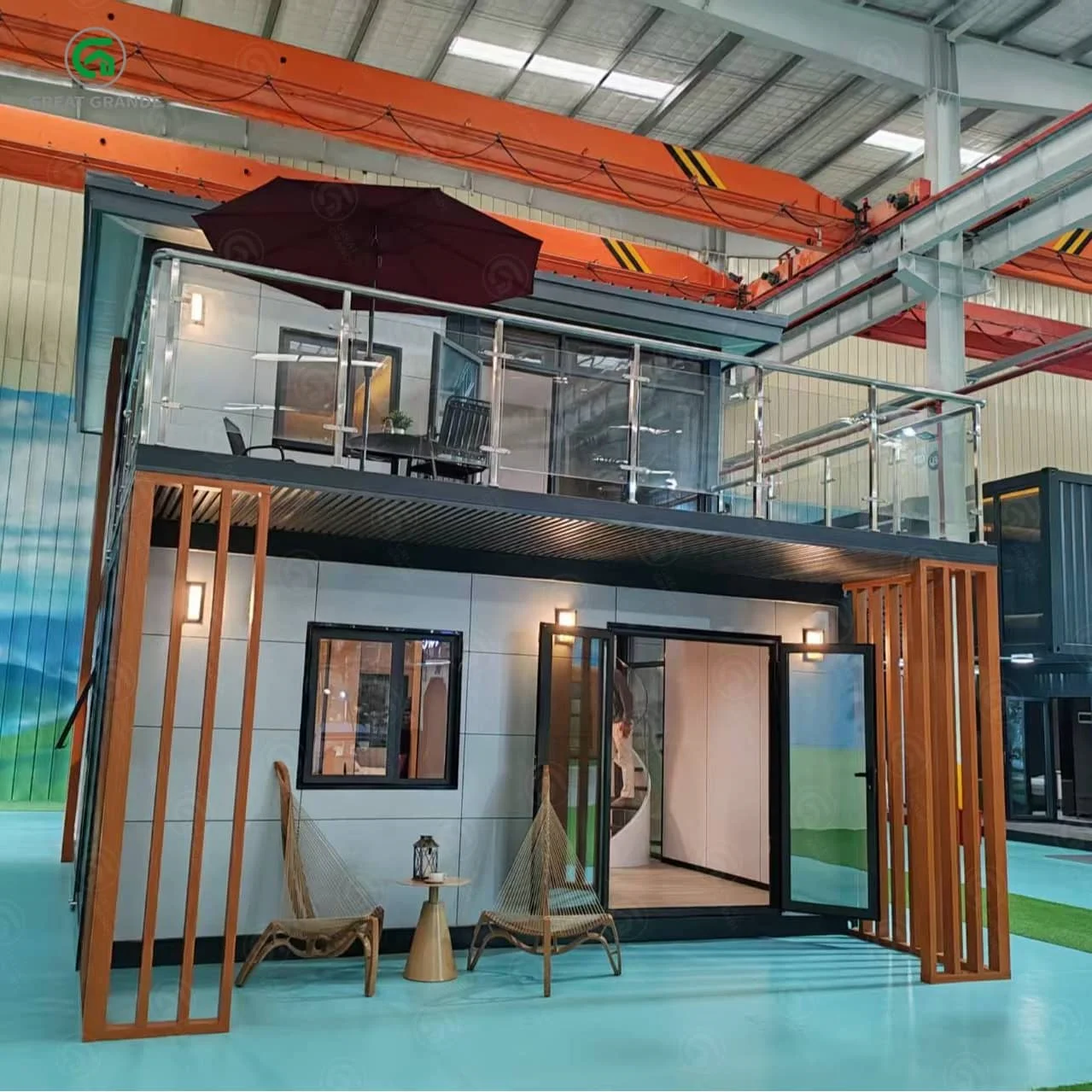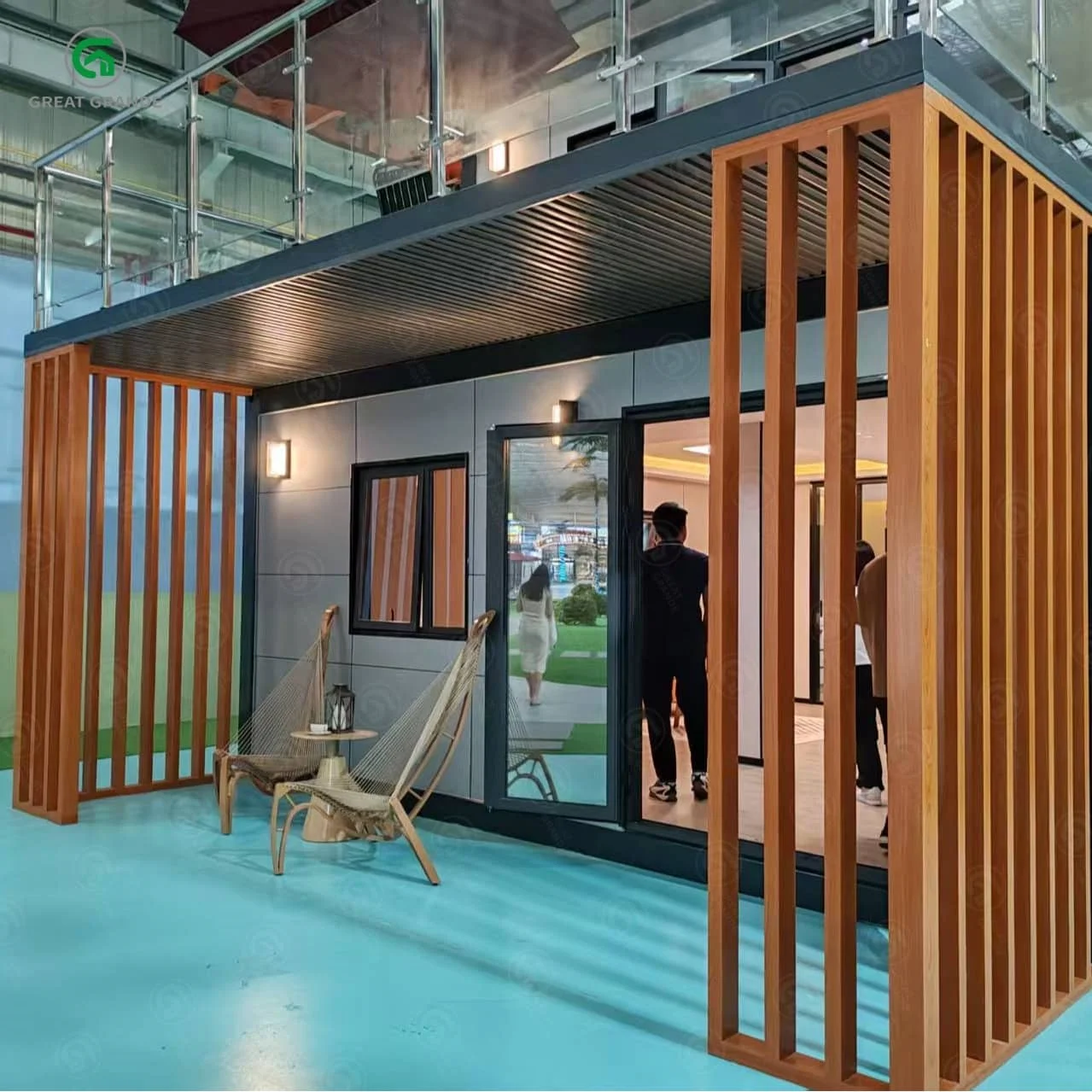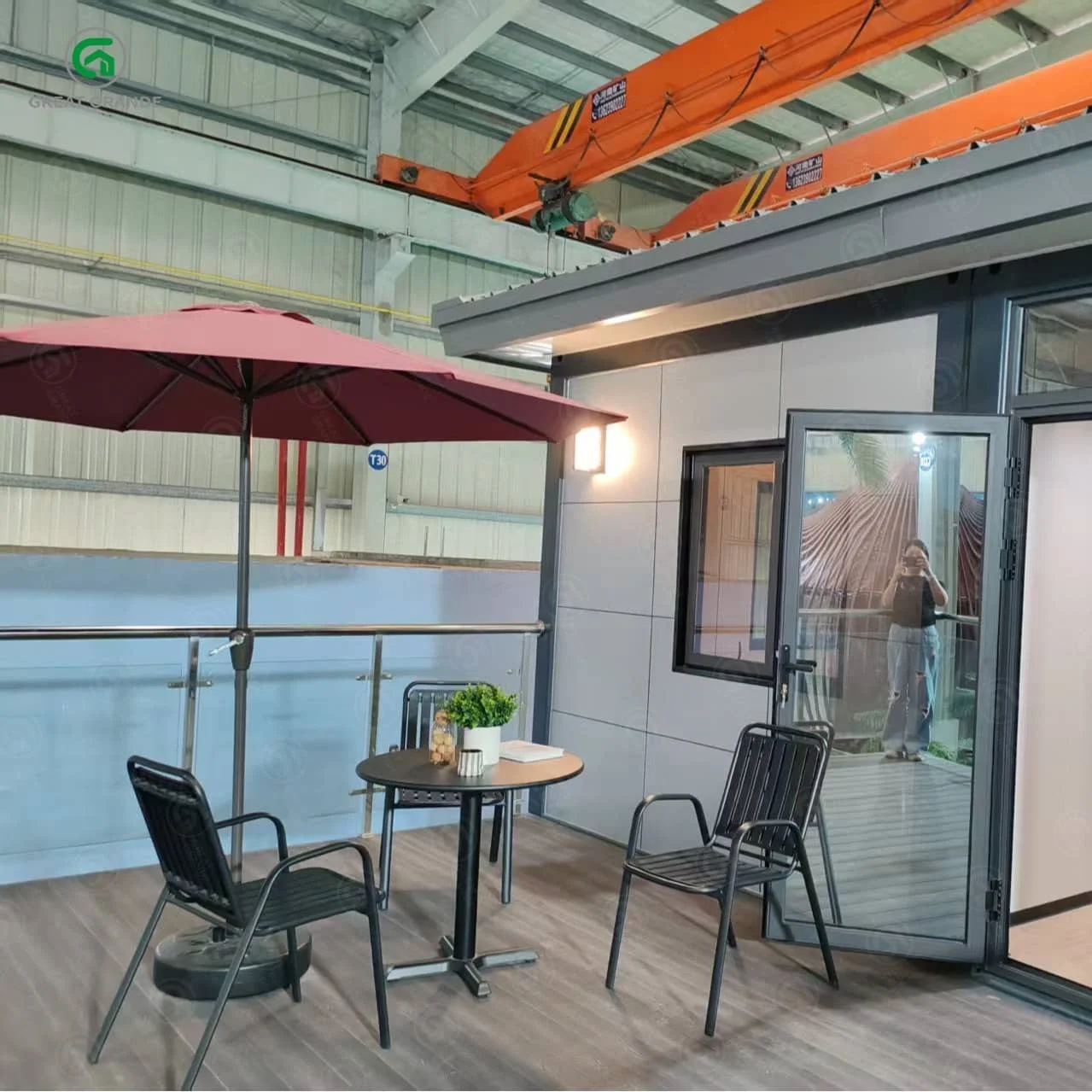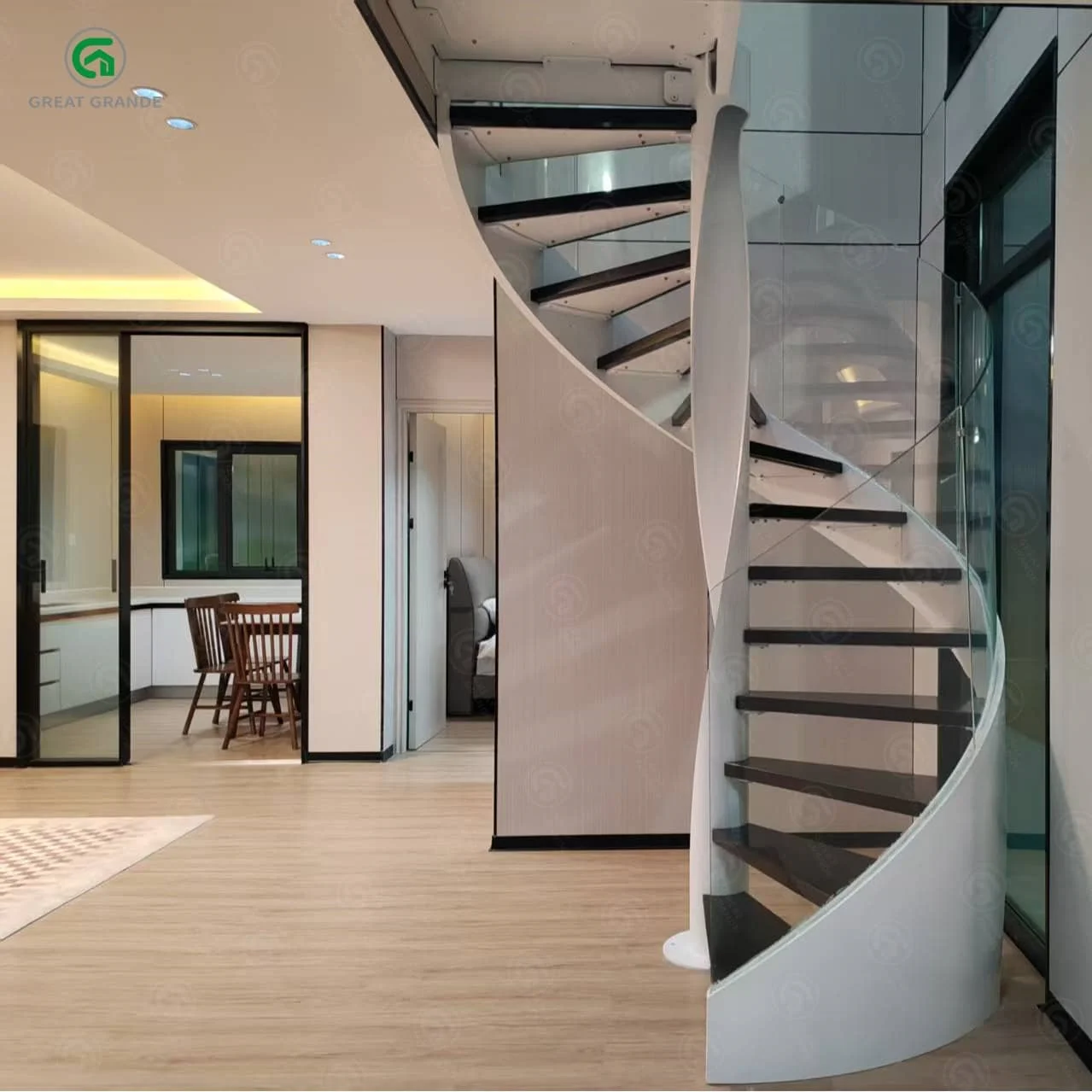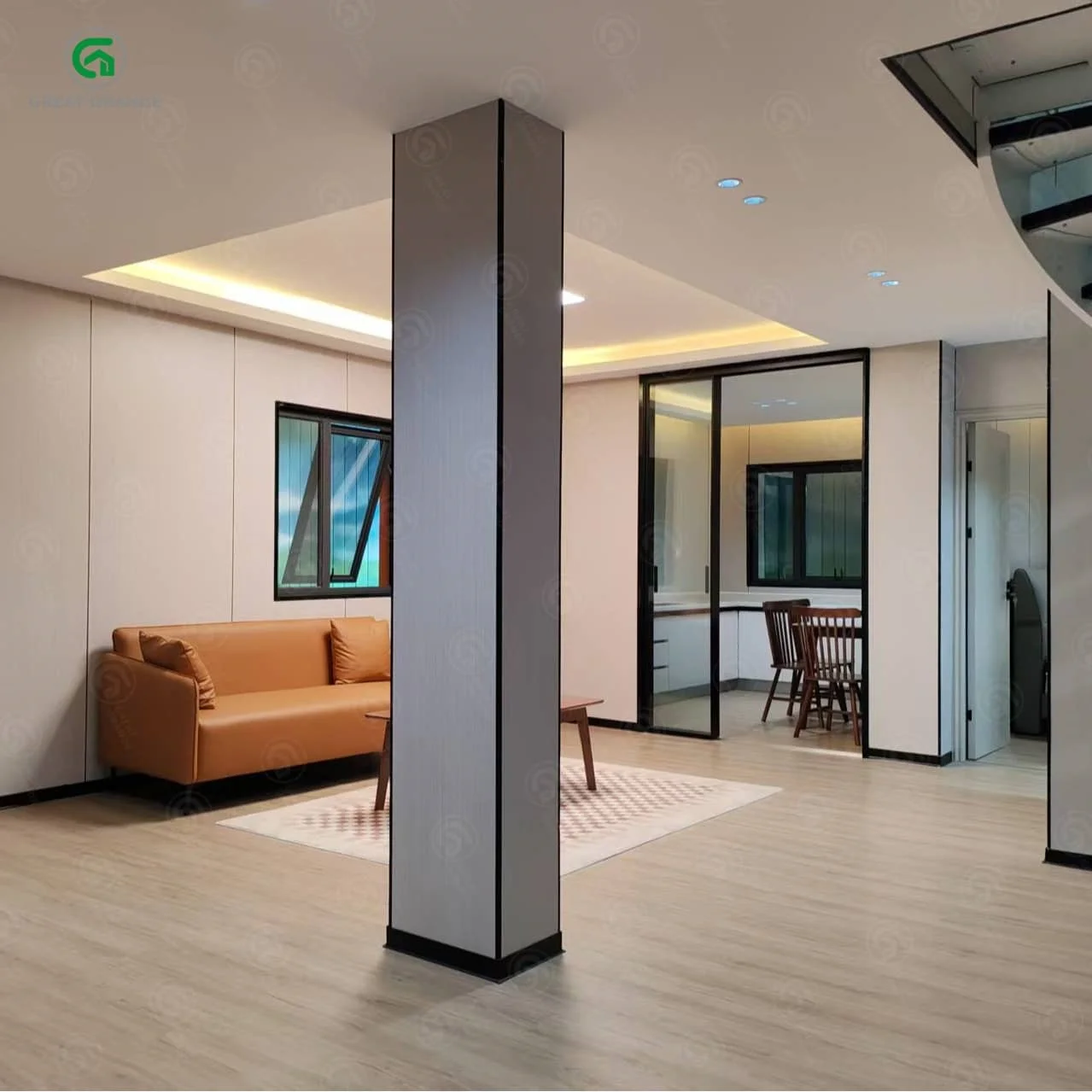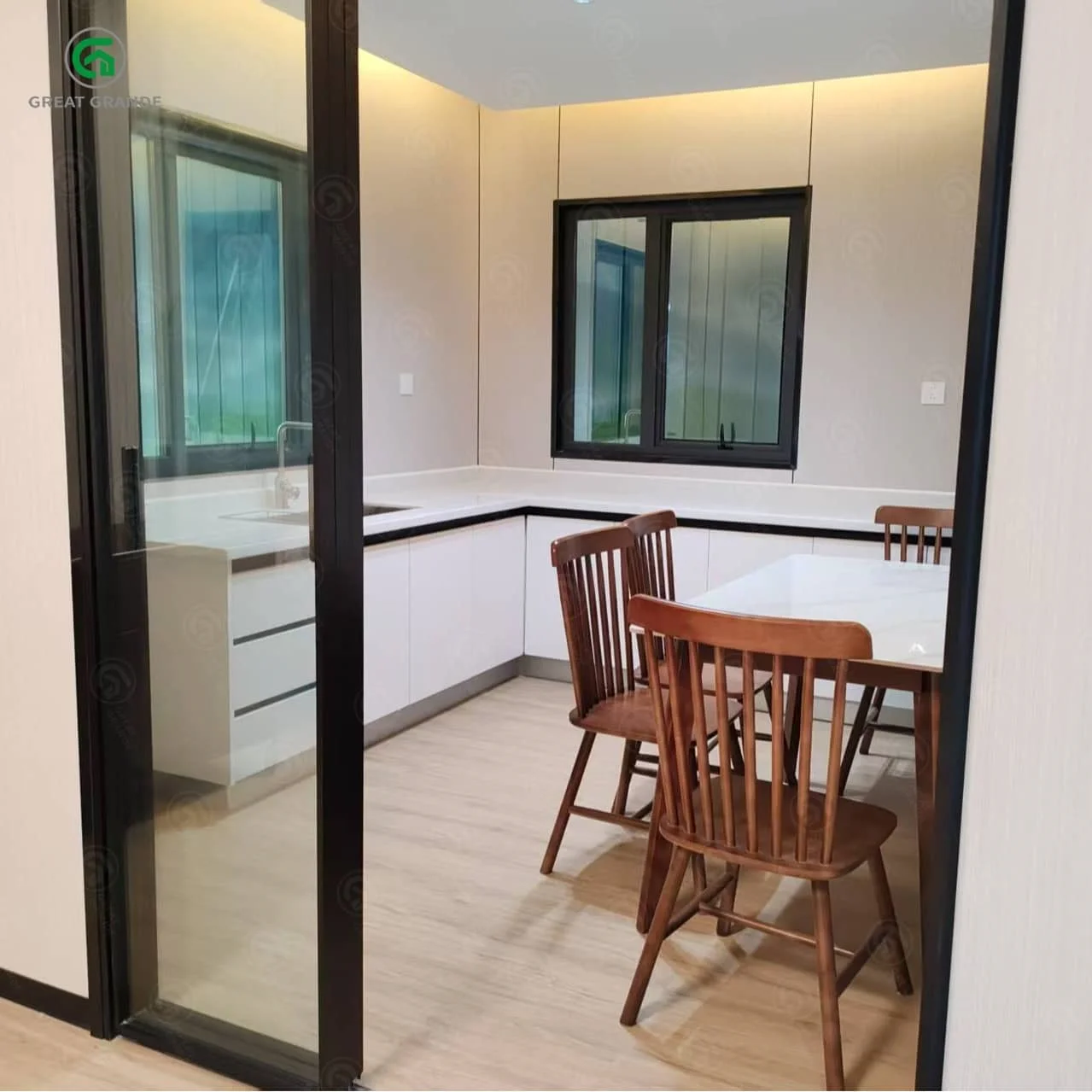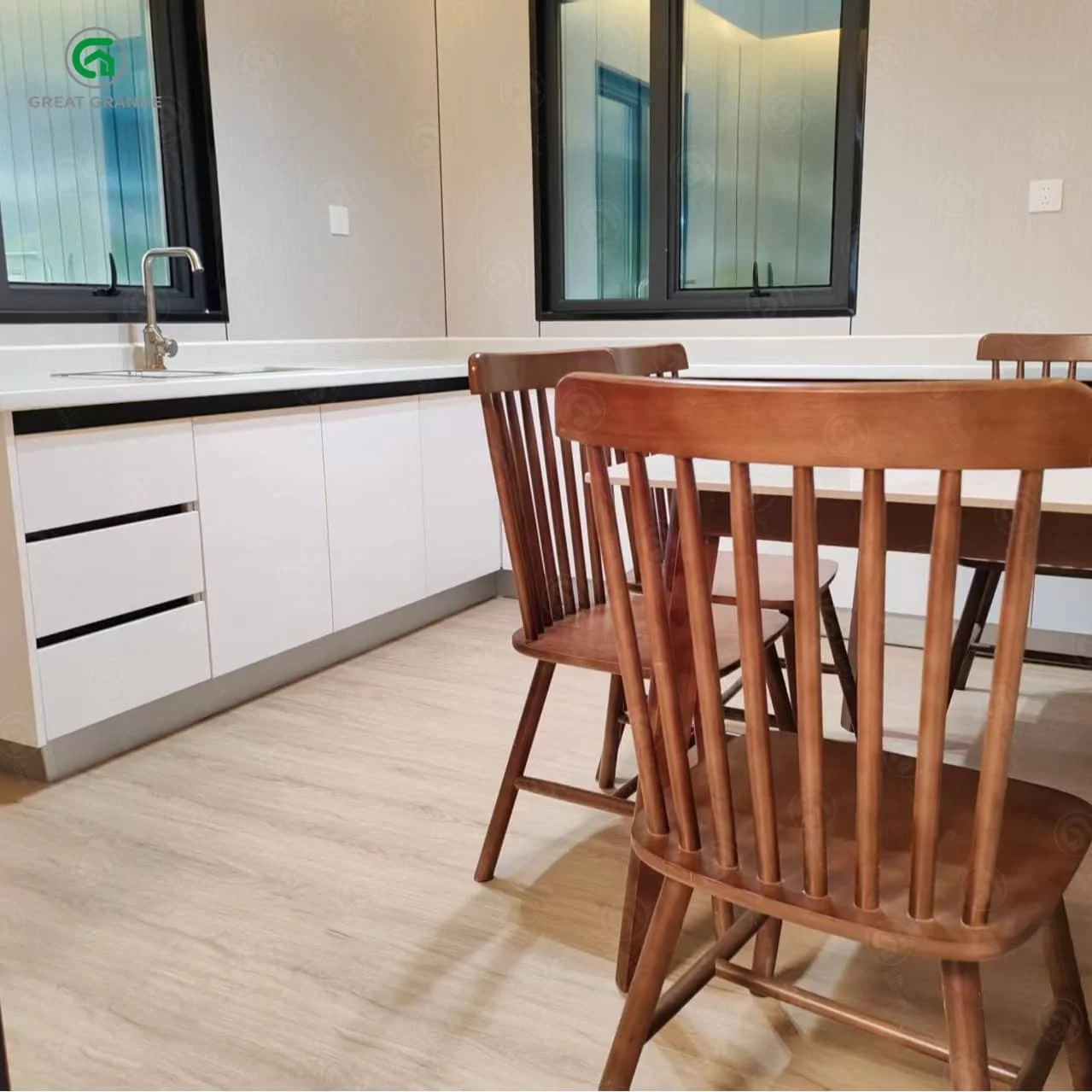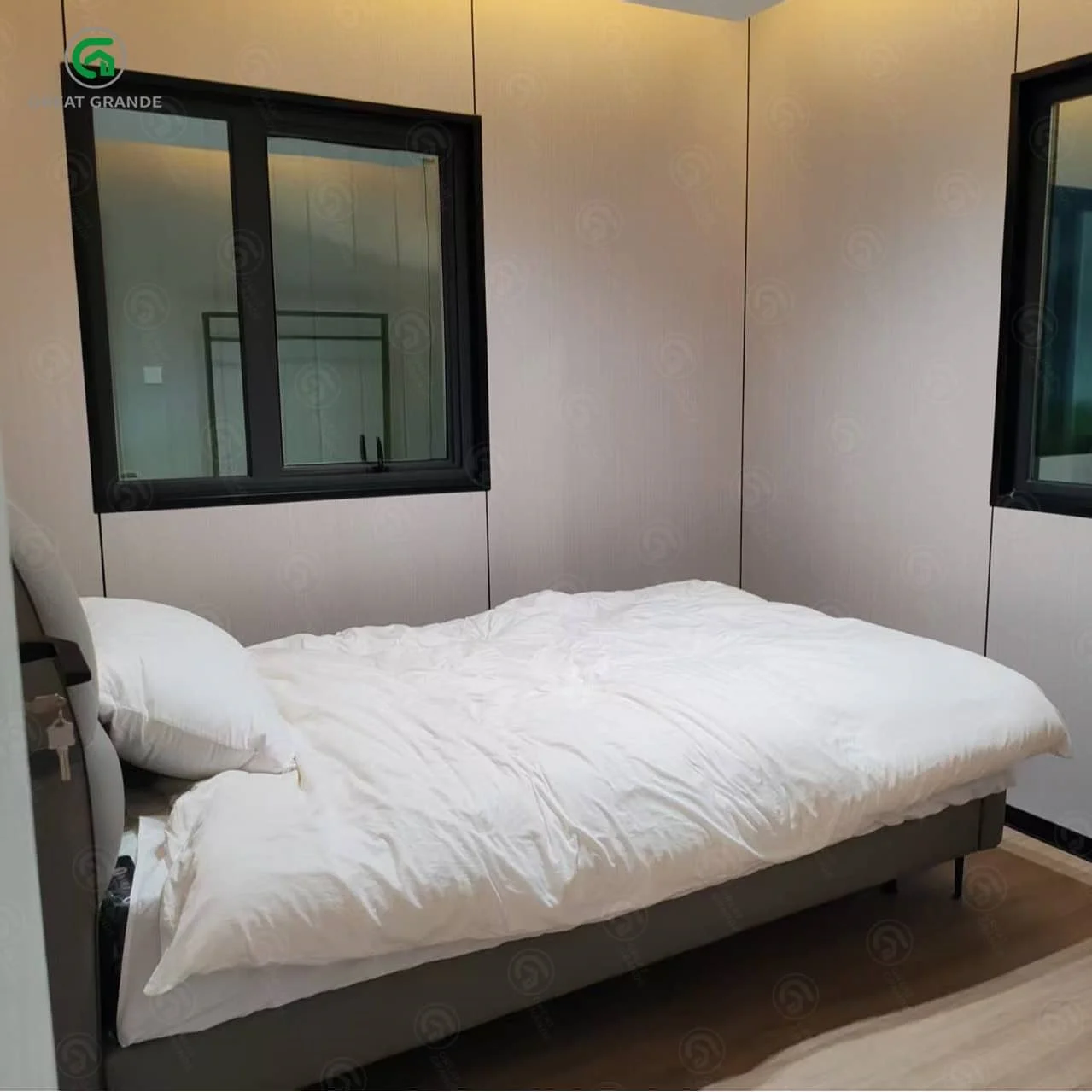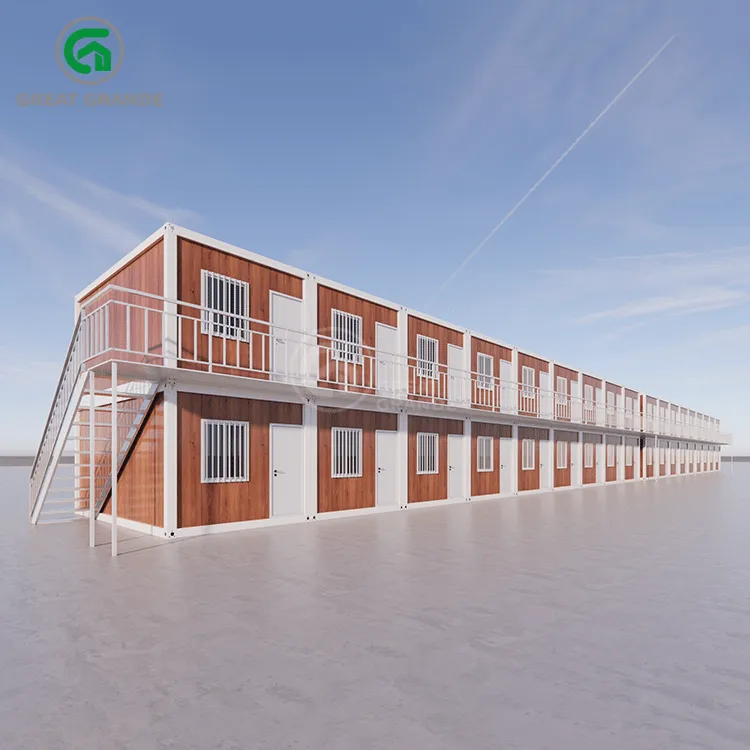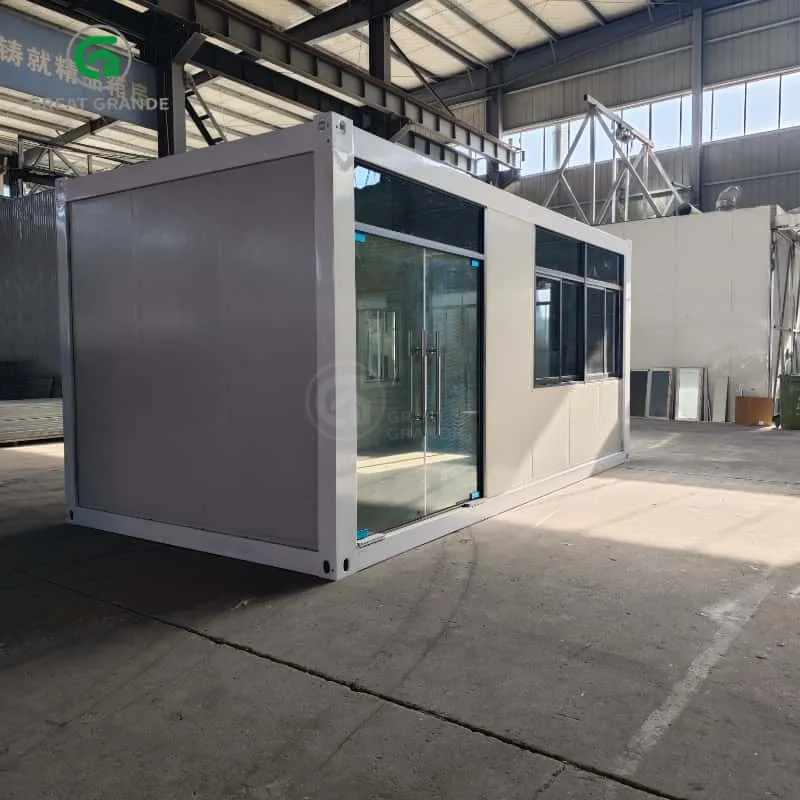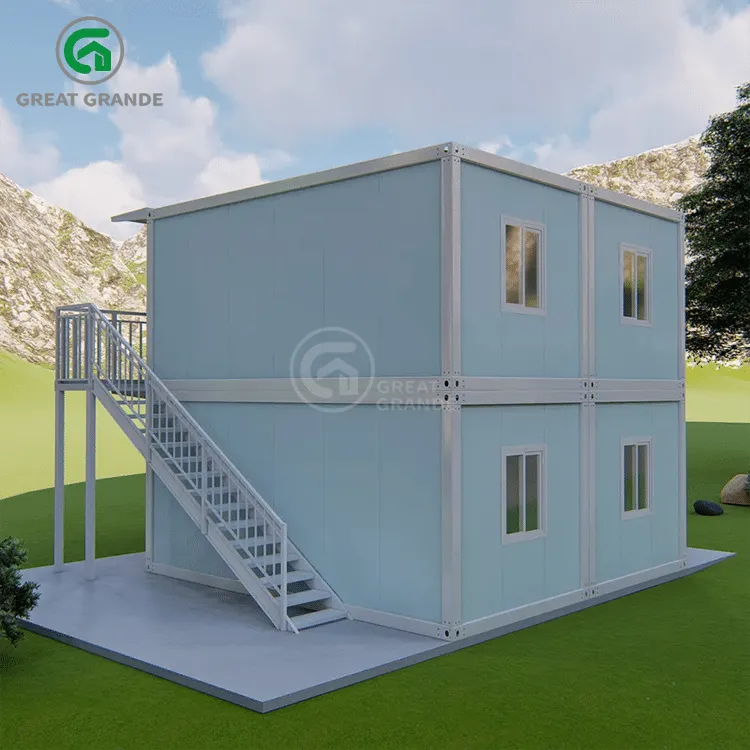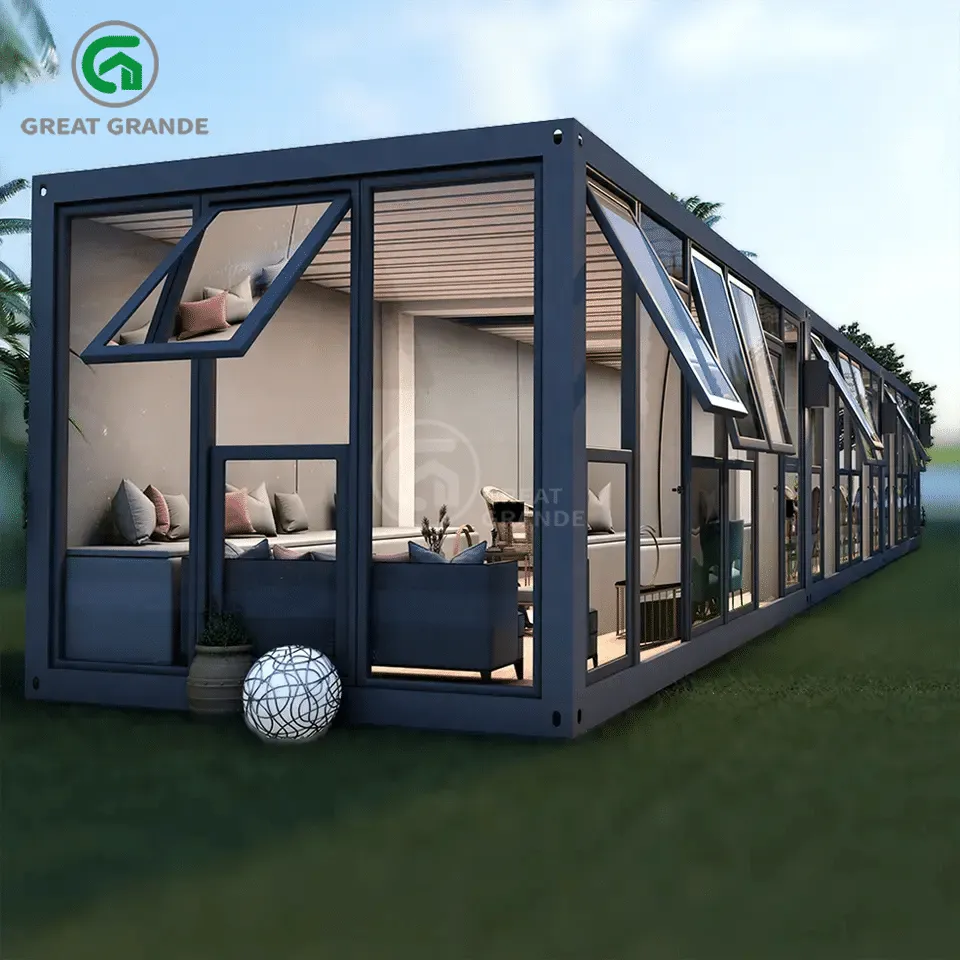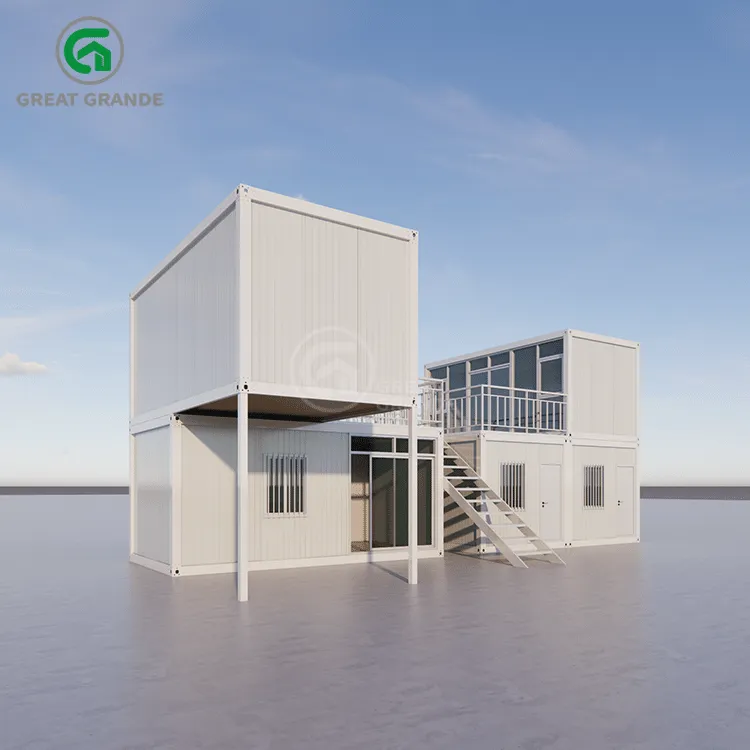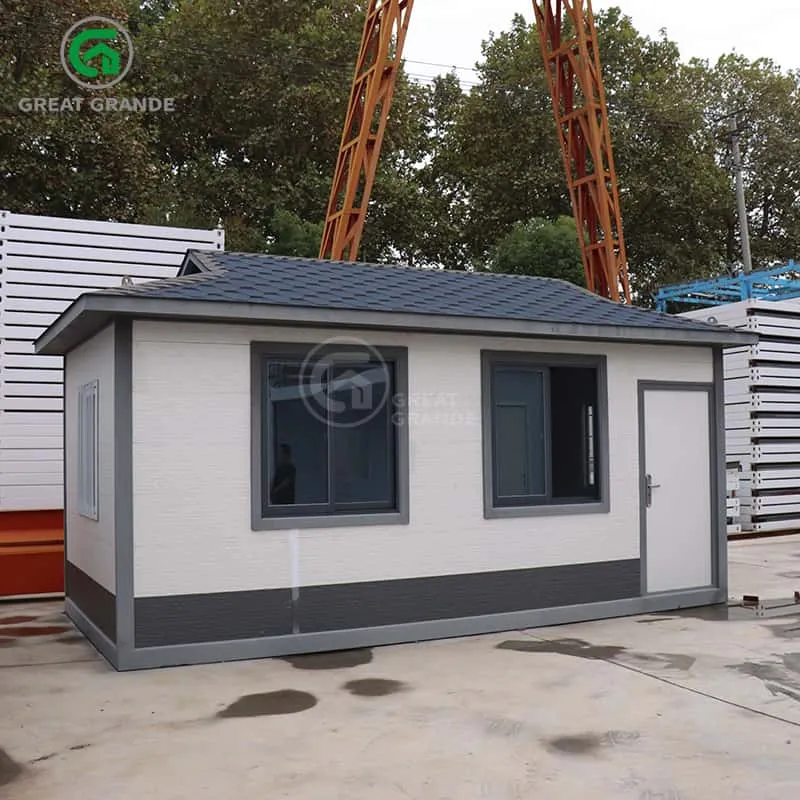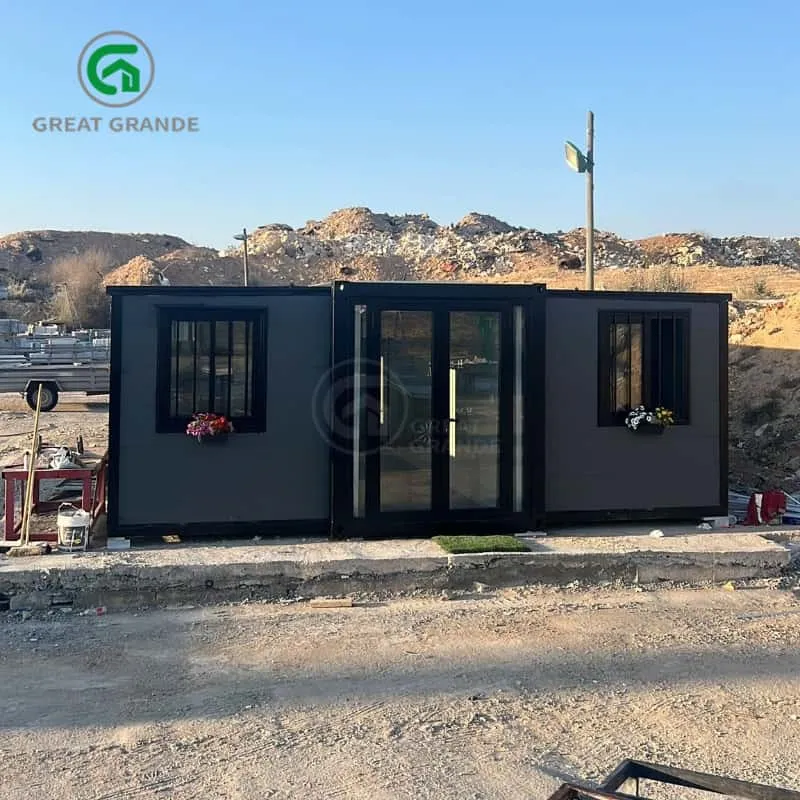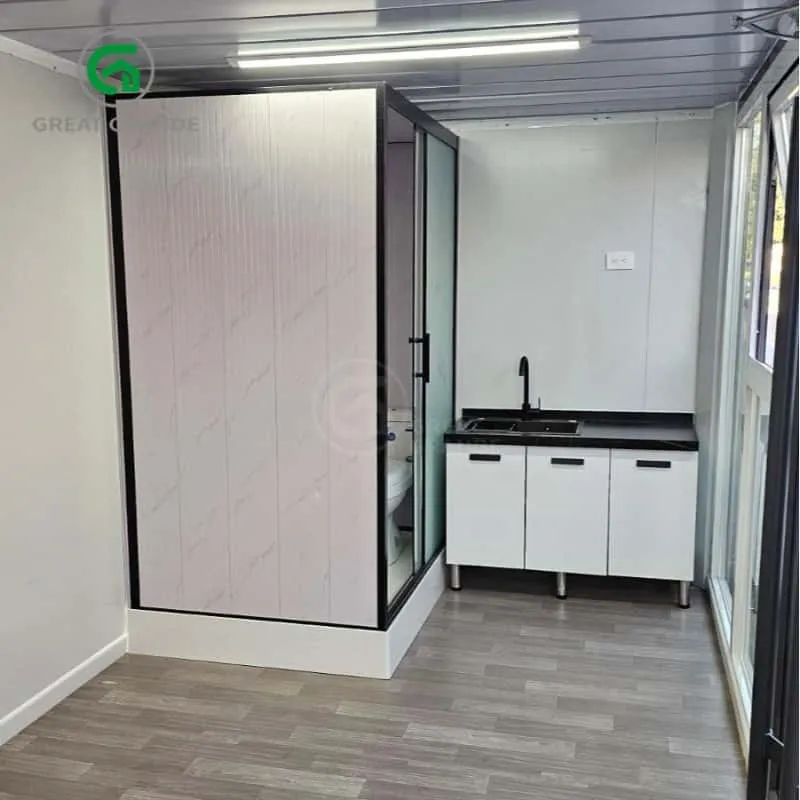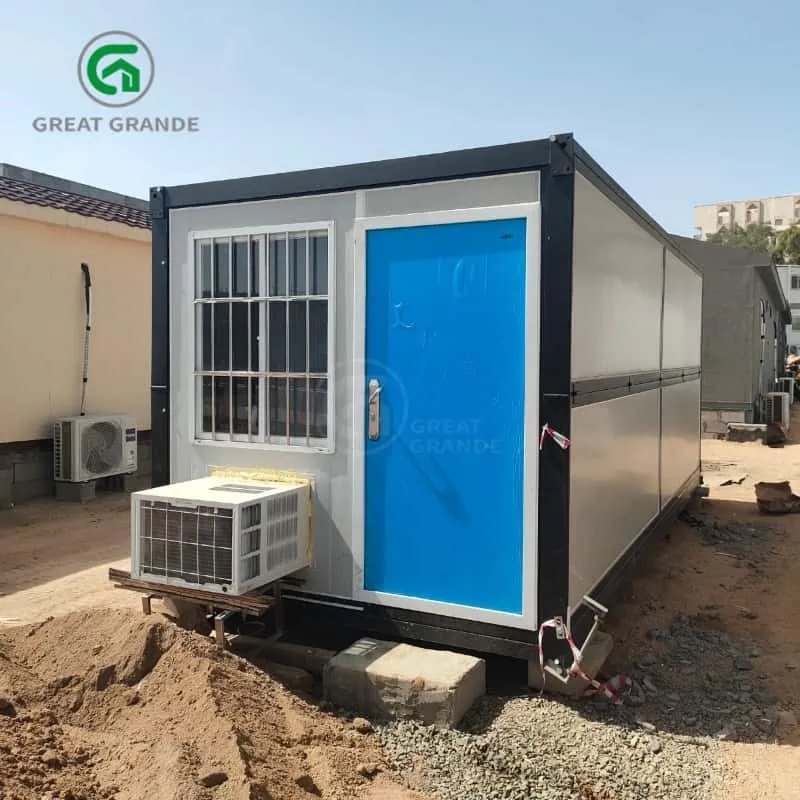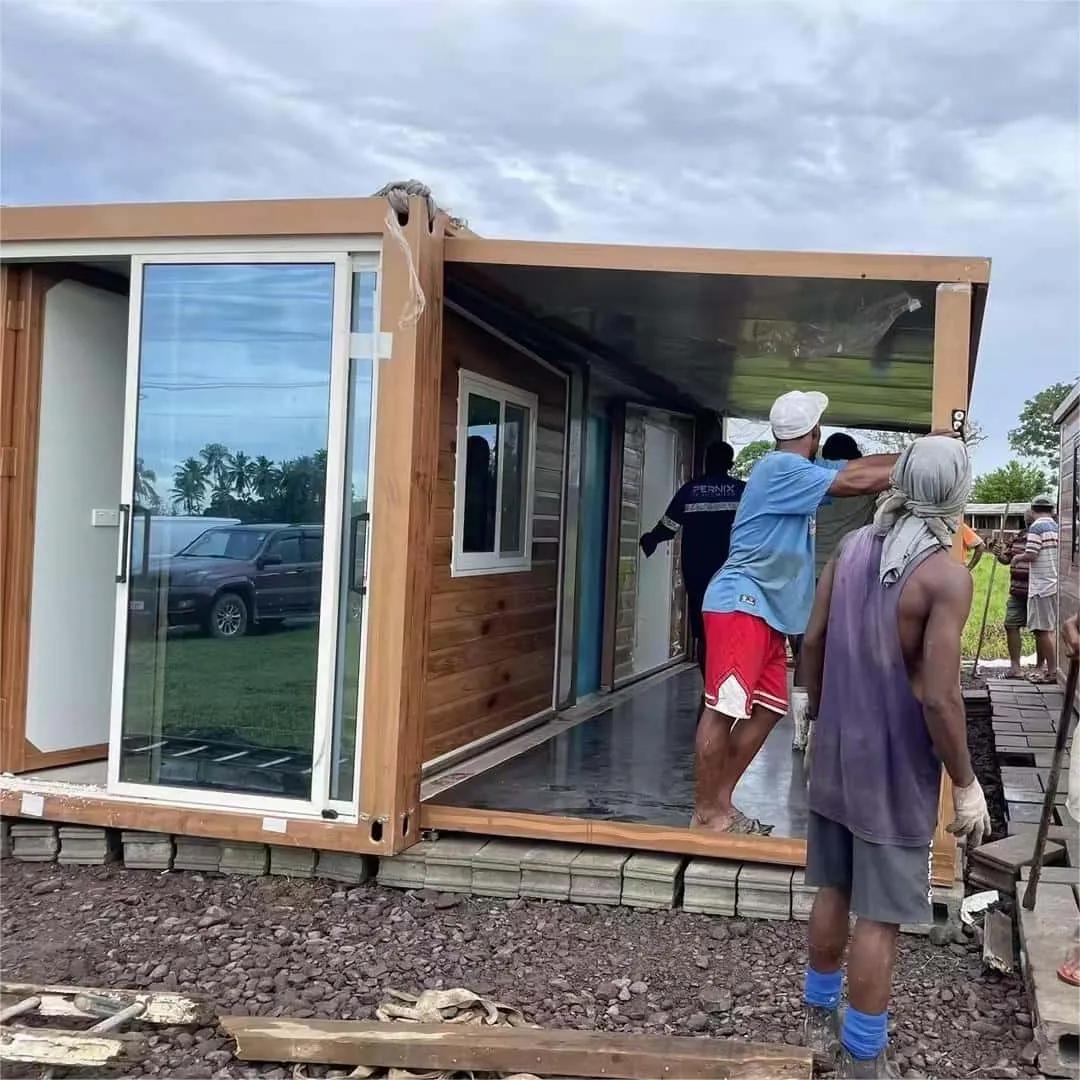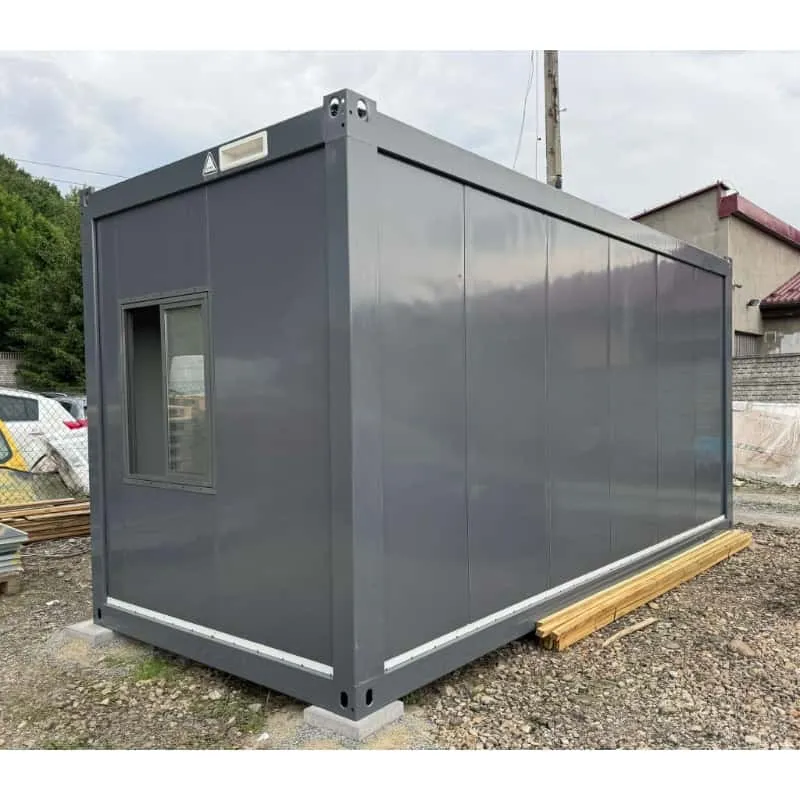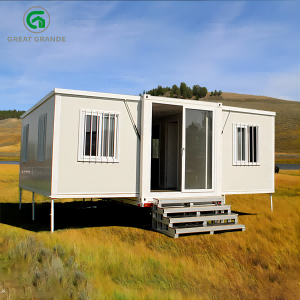2-Floor Container Prefab Homes can be built into villas, contain stairs inside, accept customization, easy to transport, rainproof, 100% factory price.
Fast Setup, No Fuss
The assembly process of Container Prefab Homes is extremely quick and convenient. It’s not the kind of build that drags on for weeks or leaves you buried in tools and manuals. Just four basic steps and you’ve got a solid, livable space.
Here’s how I usually do it:
- First, we lay down a solid base. Doesn’t have to be fancy—just stable and level.
- Then the four corner columns go in. These things pretty much click right into place.
- Next, the roof frame is lifted and locked on top.
- After that, it’s just a matter of installing the wall panels, windows, and doors.
Depending on how many hands are on deck, we can finish the whole thing in a day—maybe even faster if the site’s already prepped. Whether I’m setting it up as a temporary office, an emergency shelter, or a weekend café, it’s always surprising how fast it comes together. No long construction timelines, no waiting around for contractors. Just show up, assemble, and get to work.
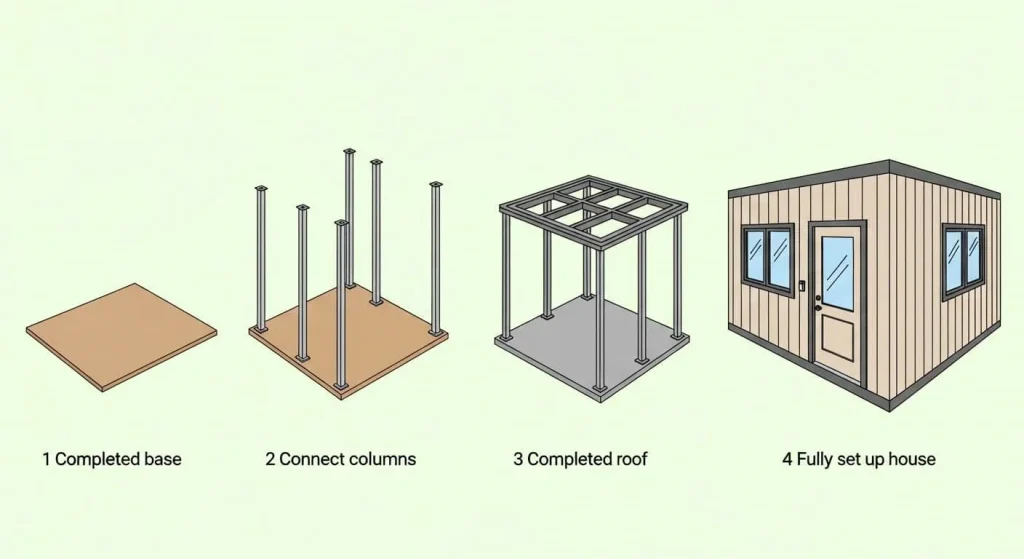
Easy to Ship, Easy to Scale
You’d think moving Container Prefab Homes around the world would be a nightmare, but with these, it’s actually pretty smooth. Each Container Prefab Homes unit gets packed flat—like really flat. The roof, base, columns, and walls are all separated and stacked tight.
With that setup, I can fit up to 10 full units into one 40HQ shipping container. That’s a huge deal if you’re working across multiple sites or need to ship internationally. It cuts down on freight costs, makes loading simple, and takes a lot of stress out of the logistics. For anyone running projects that need speed and scale, this flat-pack style just makes sense.
Custom Layouts That Actually Work
What really sets these Container Prefab Homes apart for me, though, is how flexible the layout is. I’ve worked with other prefab models before, and most of them feel… well, fixed. But Container Prefab Homes? Way more adaptable. Wall panels and columns can be moved around depending on what you need.
Need more light? Add a few extra windows. Want to split the space into two rooms? No problem. It’s modular, which means I get to build it how I want—not just stick with a default floor plan.
And the interiors? Clean, modern, nothing too flashy—but they don’t feel like temporary structures either. I’ve seen these used as mobile clinics, training rooms, even coffee shops. They look sharp, they’re functional, and they’re comfortable to actually spend time in. That’s not something you can say for every prefab.
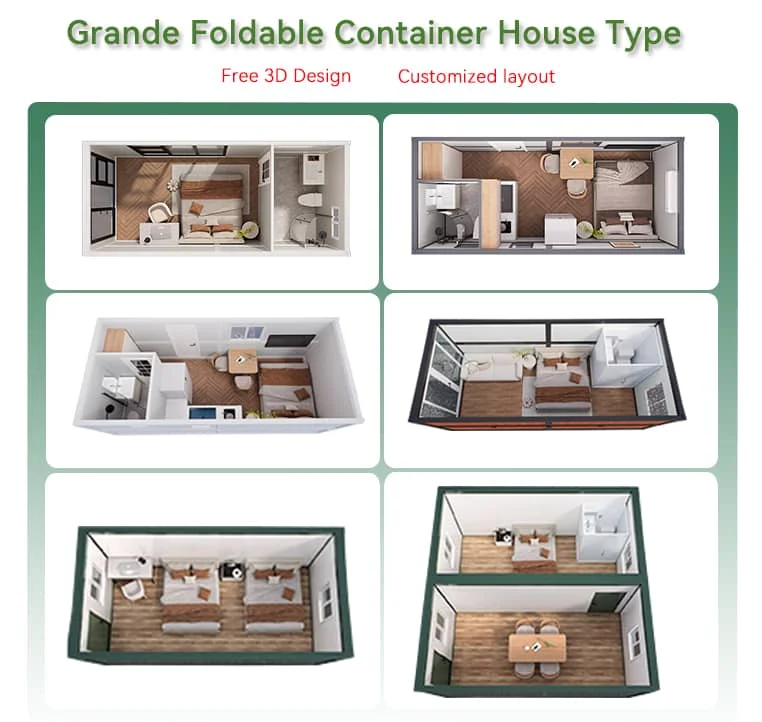
One Home, A Ton of Uses
I’ve done Container Prefab Homes for all kinds of projects. Honestly, I’ve lost count. They’ve come in handy for:
- Emergency housing after floods or earthquakes
- Construction site offices
- Temporary dorms for staff
- Small clinics in rural areas
- Training classrooms
- Outdoor cafés or mobile retail
- Secure storage when I need extra space fast
They’re built tough, go up quickly, and don’t cost a fortune—which makes them kind of a no-brainer when I need space that works right now.
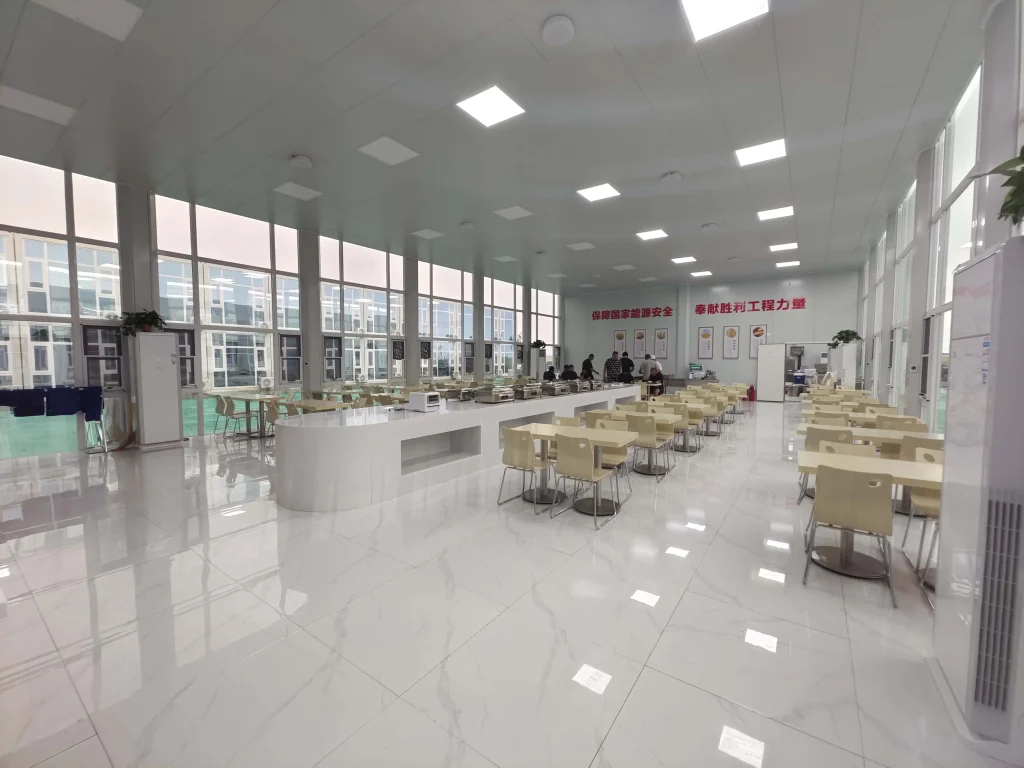
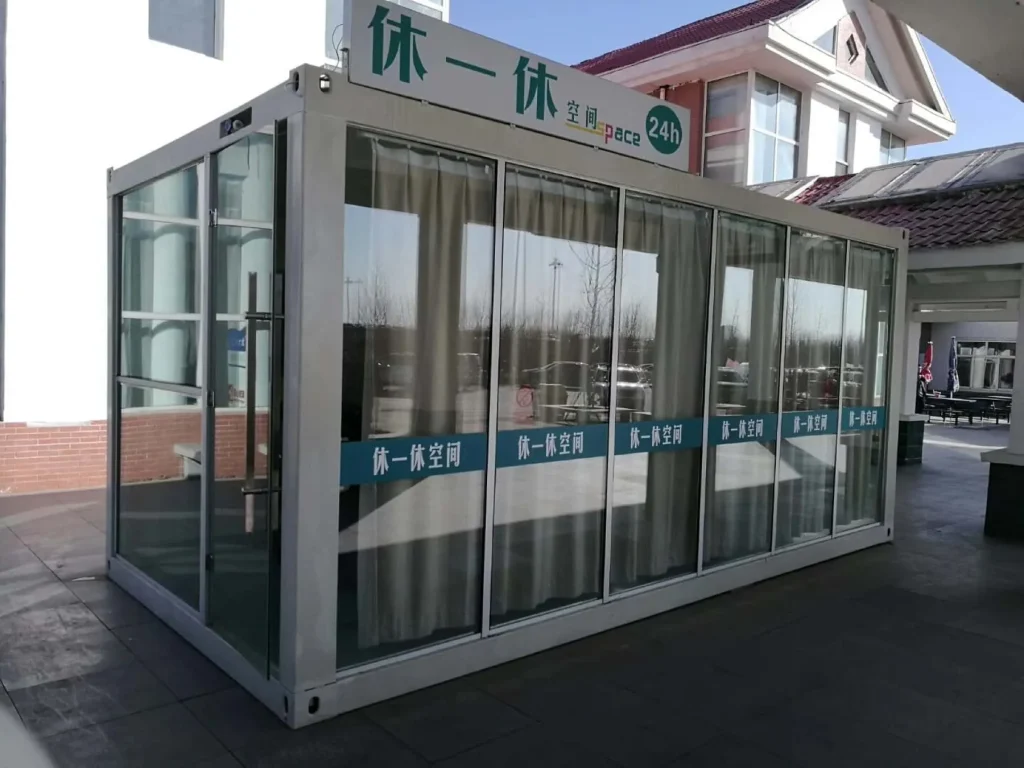
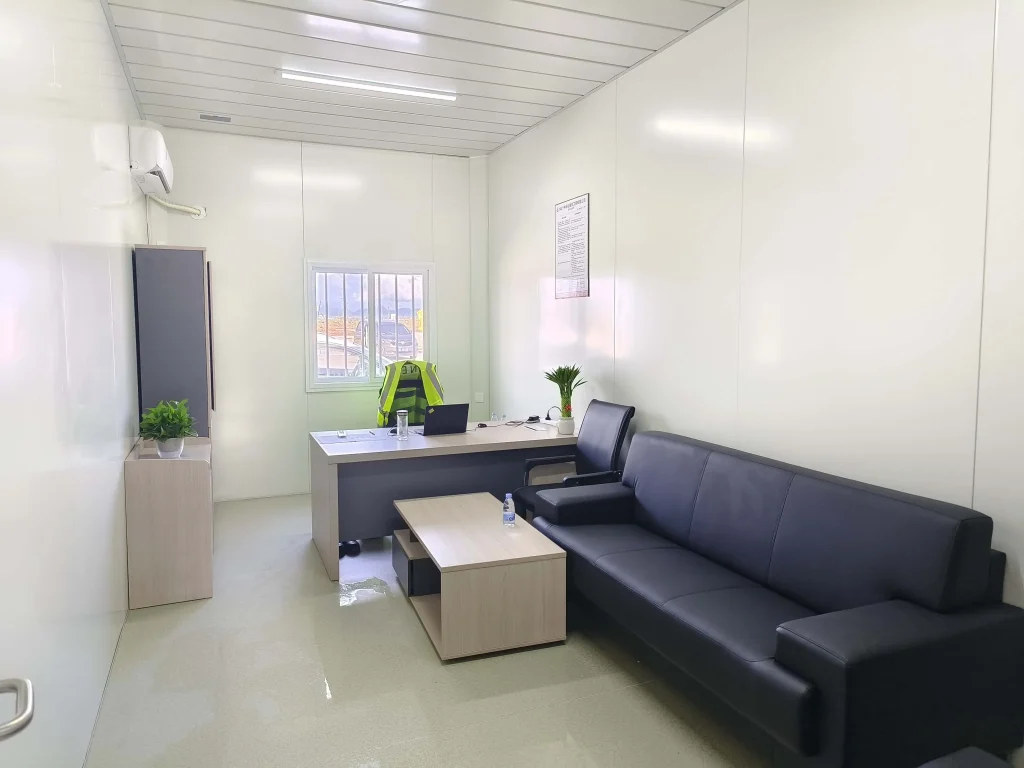
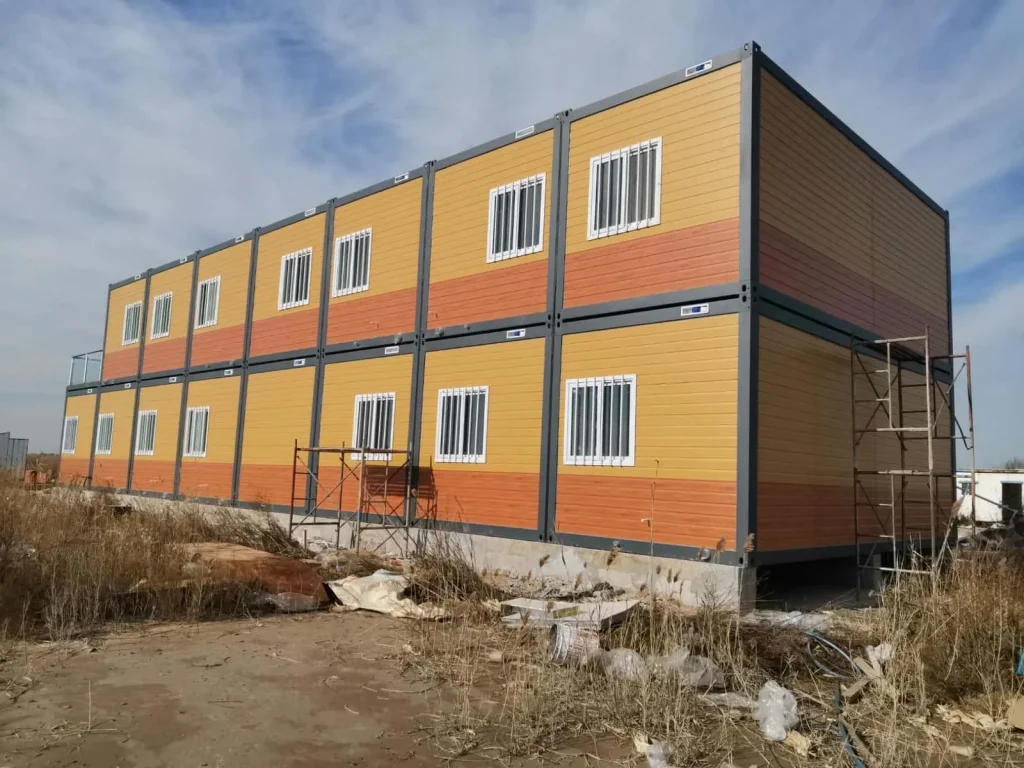

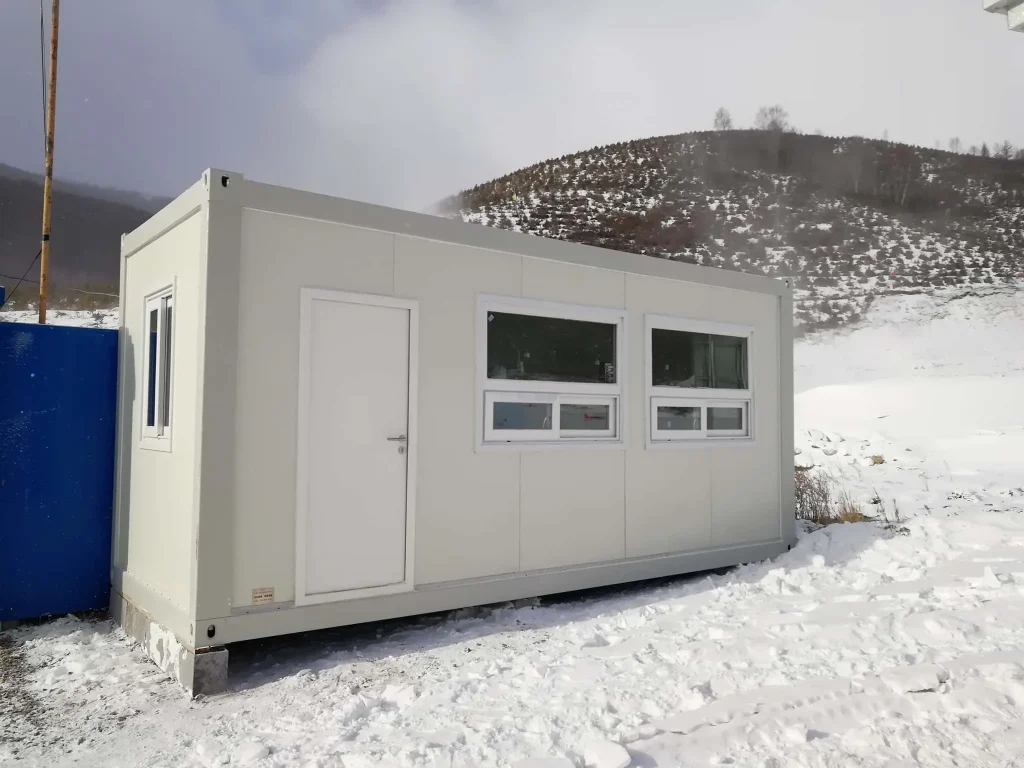
Built Right, Certified for the World
Grande Modular House (Anhui) Co., Ltd. has a modern production workshop of over 10,000 square meters, covering multiple process links such as materials, steel, welding, painting and display. With rich experience and advanced technology, we ensure the structural strength and service life of each house.



We have multiple export certifications such as CE (EU) and UL (USA), and have access to the international market. At the same time, we actively participate in global exhibitions including the Canton Fair to showcase leading container house products and continue to expand our global cooperation network.
